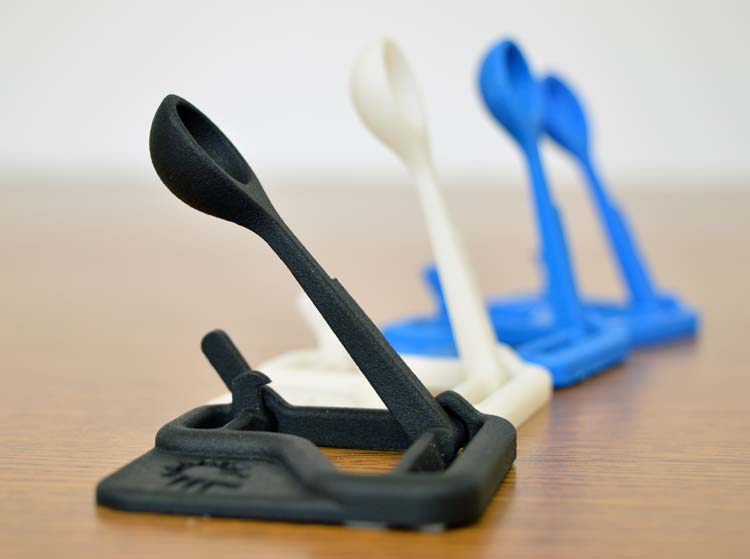It’s officially the holiday season, and what better way to celebrate than with a look at how 3D printing and additive manufacturing are expanding and reinventing the toy industry!
From its inception, toys have always been a major product of 3D printing; in fact, S. Scott Crump, the inventor of Fused Deposition Modeling, actually developed the concept for the process when he was searching for a better way to create a toy frog for his daughter.
In the toy design and production industry, 3D printing is an obvious choice for prototyping, as many different iterations of a product can be produced fast and for little cost for both aesthetic review applications and practical use testing. Simultaneously, the technology allows for intricate details, lattice work, and other features which would be very difficult or impossible with traditional manufacturing techniques, which bolsters the technology’s use as a full production solution for toys as well.
As the additive manufacturing industry evolves and technology becomes faster, another inherent benefit of 3D printing becomes a huge boon to the toy production industry: custom and individualized products. Companies like Little You allow users to design their own custom miniature figure, which they then print and send to the consumer, something that would be impossible with other manufacturing techniques at this level of production.
Another important evolution in the industry is the introduction of more color-centric technologies. Though traditional methods and printers require painting during post-processing (as do some more custom and detailed products), printers like PolyJet and RIZE allow for custom color solutions (and multiple materials) built right into the print itself rather than completed in post-processing, yielding a faster time to market. Companies like HeroForge have been able to utilize this new technology to take their already successful custom miniature services and evolve with the introduction of full in-print coloring.
3D printing also contributes to sustainability when it comes to toy repair and renewal. Just as 3D printing can be used to repair and reinvent parts in other industries like aerospace and defense, the technology can also be used to mend toys and keep plastic out of landfills. Toy Rescue builds on this concept by having publicly available 3D files for commonly broken and/or lost parts on toys, like doll arms and legs, board game pieces, and toy car tires. This helps to address a literal “ecological disaster,” as 2 billion non-recyclable toys are thrown away around the world every year, according to Dagoma, the creator of the initiative.
Perhaps most importantly, 3D printing and additive manufacturing along with their continued improvement contribute greatly to education. While 3D printed toys can help children to better understand anatomy, movement, puzzles, and more, it’s the 3D printers themselves that are contributing the most to child learning and STEM education. With 3D printers aimed directly at younger audiences, children can print, design, and customize their own 3D toys, simultaneously learning about design processes, 3D software, and engineering. Printers like Toybox even allow kids to upload their own 3D files to build complex projects for leisure or school, while also keeping child safety and attention span in mind with built-in safety features, non-toxic materials, and fast print times.
The toy production industry is well positioned to take advantage of the ever-evolving nature of 3D printing, and we can’t wait to see what new innovations emerge to continue to benefit the toy production market. ProtoCAM is always introducing the latest updates into our facility in order to provide the best toy products for our customers, whether a toy prototype, package design, or a full continuous production run. At ProtoCAM, you can expect to experience reduced design time and cost; unique visualization of toy products with a physical, solid, tactile item, in addition to drawings and computer models; and quick iterations as needed, with a wide variety of available additive manufacturing materials and technologies available and product confidentiality assured.
Contact us today or request a quote to bring your 3D additive manufacturing toy product to life today.



